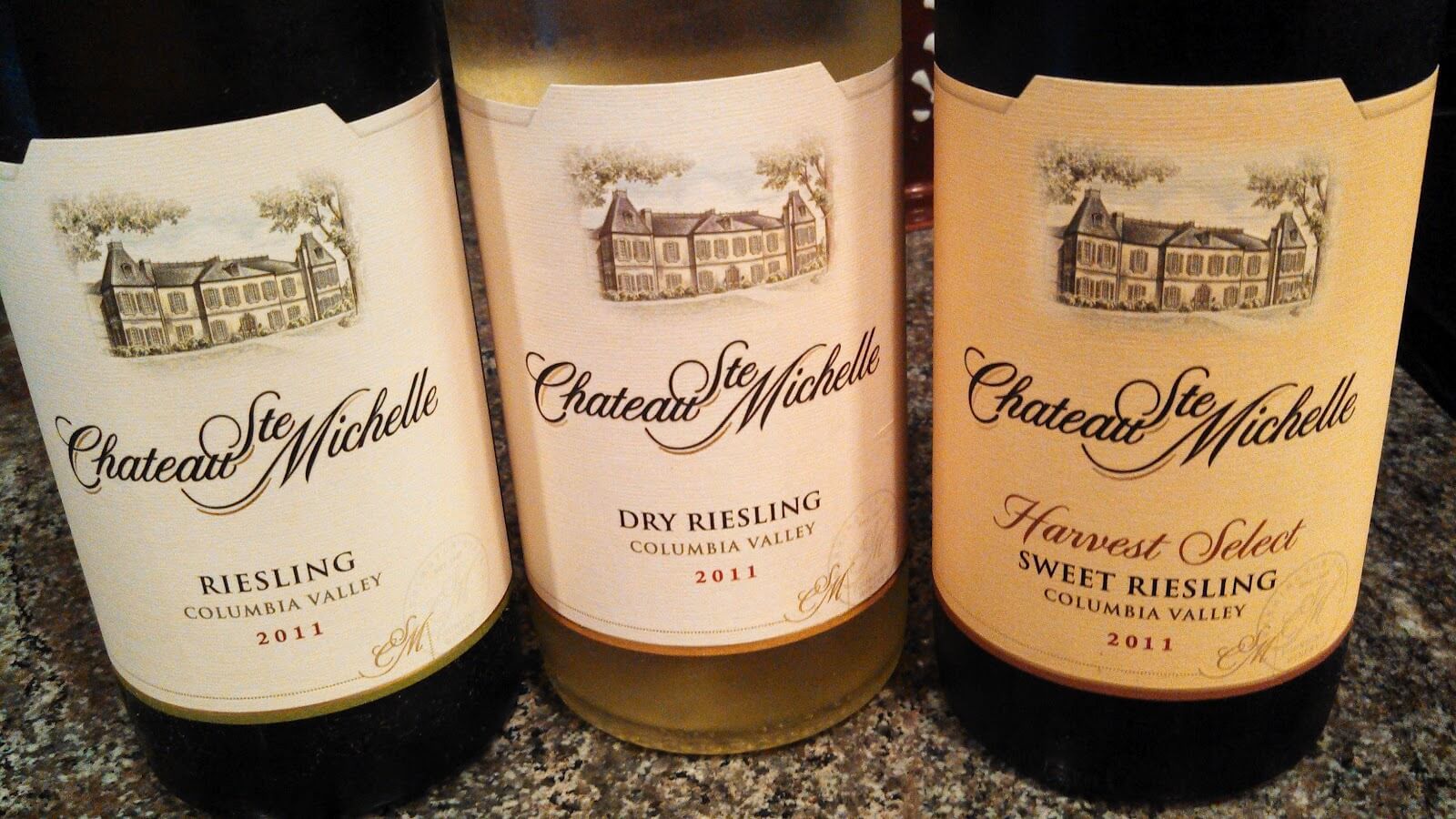Relationships are a lot like wine. There are times to grow and gather, work and wait, and most certainly there are moments of ecstasy. Once in a while all the potential possibilities converge and it seems nothing imaginable could be more magical. These are the times we remember most, the unforgettable years that act as beacons for our daily efforts and affections.
Wines that come from a particularly good year are called vintage wines. Vintage wines will show an elevated range of qualities – aroma, mouth-feel, balance, length, intensity, and concentration – when they are compared to other bottlings (years) of the same wine.
In vintage years, everything just clicks. The weather conspires to produce the best grapes, the wine making team is at the top of their game, and the wine enters the bottle like Michael Jordan driving to the basketball hoop. It seems effortless, like a perfect couple or a perfect pairing or the perfect slam-dunk, but it takes a lot of work to make a little magic.
One of the great things about being a wine lover today is that quality variations between vintage years and other years are getting smaller and smaller. But how do you know, in the buying moment, which wine to choose?
Critics can be helpful, unfortunately many of their scoring schemes are highly subjective and they can be politically motivated. Sommeliers are a great asset to use during a special dinner, but you are going to pay for their expertise. Wouldn’t you prefer having the confidence to stop ogling the wine list and get back in the game?
To that end, below, I offer a list of the best wine regions from Europe and The New World over three recent vintages – 2010 to 2012. Though every bottle from every producer might not be perfect, they are worthy beacons for a romantic picnic, dinner at home, or a group date.
However, if during your date you realize that you are more impressed with the wine than your company, don’t be shy about leaving with the bottle. In the end, we are all just looking for a little magic.
Vintages and wine regions to try*
White Wines
2012 – California; Willamette Valley, Oregon; Columbia Valley, Washington; Clare Valley and Western Australia; all of France; all of Germany.

2011 – Columbia Valley, Washington; Western Australia; Chile; Sauternes or Barsac (sweet) and the rest of France (except Champagne); Northern Italy; all of Germany; Port (sweet white) and all of Portugal.
2010 – Finger Lakes and Long Island, New York; all of France (except Champagne); Northern Italy and Franciacorta (sparkling) with Sicily and Sardinia (the islands); Galicia, Spain; Mosel and Rhine River, Germany.
Red Wines
2012 – Northern and Southern California (Pinot Noir); Willamette Valley, Oregon; Columbia Valley, Washington; Finger Lakes and Long Island, New York; South and Southeast Australia; South Africa; Argentina; Bordeaux,Burgundy, Loire Valley, and Rhone Valley, France; all of Italy and the islands; Ribera Del Duero, Spain; Port (sweet red) and all of Portugal.

2011 – Columbia Valley, Washington; Western Australia (Margaret River); Martinborough, New Zealand (Pinot Noir); Burgundy, Beaujolais (not Nouveau), Loire Valley, Rhone Valley, France; all of Italy; all of Portugal.
2010 – Northern California (Pinot Noir); Finger Lakes and Long Island, New York; most of France (especially Bordeaux and Burgundy and Southern Rhone Valley); most of Italy (especially Piemonte and Tuscany); all of Spain; all of Portugal.
* Note: This list is not intended to break the bank, therefore it focuses on wines from recent vintages that can be readily found in the market and consumed now.
Please feel free to leave your comments below.



